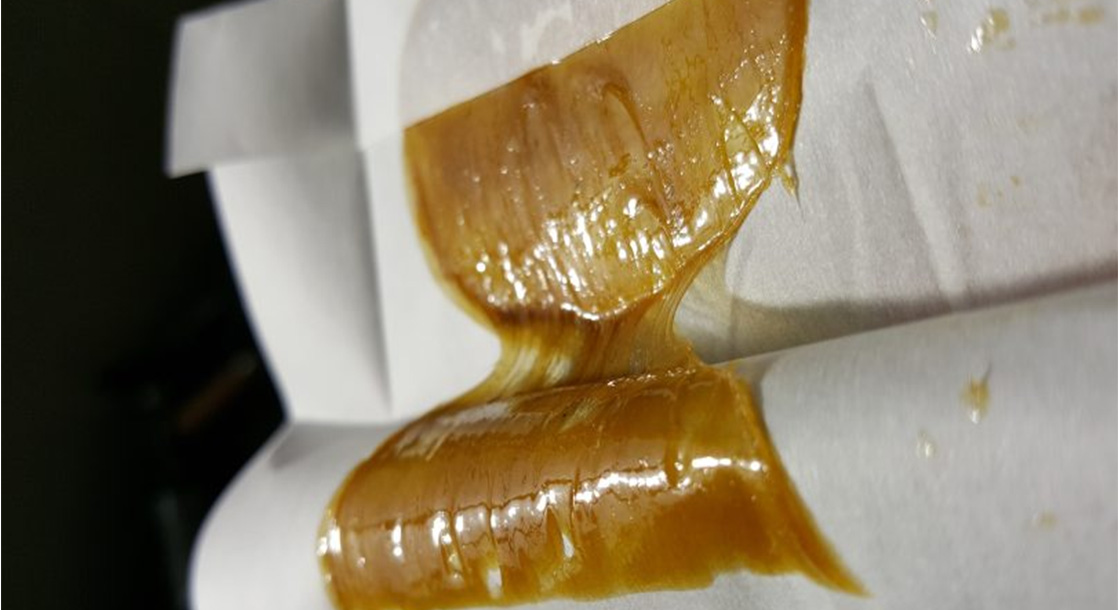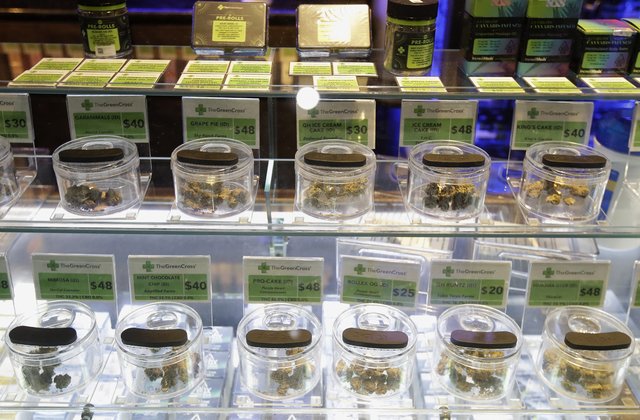Rosin concentrates are the perfect cannabis products that appeal to all of our modern-day weed sensitivities: no butane or propane residues, no terpenes lost wholesale to extraction, and best of all, packing a potent punch rivaled only by isolate products.
How do rosins achieve this cleanliness while still delivering the same wallop as more popular (and more affordable) concentrates, such as shatter hashes, crumble waxes, and honey oils? And more importantly, how can you make rosin at home without needing a licensed, regulated laboratory?
.png)
How Rosins Are Different From Other Extracts
Rosin concentrates are basically essential oils extracted from cannabis. They’re made by subjecting cannabis plant material to heat and pressure. The heat softens the trichomes and their constituent oils, which contain the cannabinoids, terpenes, and other ganja-given goodies we’ve come to know and love. The pressure causes the trichomes to burst, and forces the oil directly out of the plant so you can dab it, vaporize it, infuse it into edibles, or cap it on a bowl of flower.
Since the only basic ingredients for making rosin are heat and pressure, the extraction process doesn’t require volatile, flammable solvents like butane or propane, nor do you require a fancy vacuum filter to remove residual solvents. You don’t need to invest tens of thousands of dollars in a closed-loop carbon dioxide extraction system, either. Making this stuff is so easy anyone can do it in their own home, with no fears of blowing up the place or having to hire an organic chemist to manage the process.
.png)
Where Does Rosin Come From?
Rosin-making processes are best known for making oils used on violin bowstrings. The rosin oils for violins regulate friction between the bowstrings and the instrument’s strings. In fact, there’s a saying in the symphonic community for when a violin player goes balls-out and starts fiddling so hard their bowstrings may snap: “rosin flying into the air.”
Ironically, the rosin process for bowstring oils works at relatively high temperatures, settings designed to boil off the oil’s terpenes, which makes the final product less sticky.
With weed rosin, temperatures should be kept as low as possible, to ensure terpenes do not boil off the cannabis oil. But temperatures still need to be high enough to get the oil to soften; more on that below.
Gallery — Eye Spy Incredible Photos of Cannabis Isolates:
How to Make Your Own DIY Rosin Press
Making rosin at home is pretty simple. Just be mindful you’ll be working with heated equipment, so heat-resistant or flame-retardant gloves are a good idea if you’re inclined toward clumsiness. Also, make sure any weed or oils remain out-of-reach of children and pets.
First, gather your items:
- An electric hair straightener (with a ceramic heating element, preferably)
- Parchment paper
- A container to catch the oil (glass or silicone, preferably)
- Some weed
It’s critical that you use parchment paper and only parchment paper. Wax paper or cheesecloth ain’t gonna cut it here.
.png)
Now that you’ve got all your materials, here’s how you make rosin:
- Heat the hair straightener. Lower-end straighteners only have one heat setting, whereas higher-end ones may let you set the temperature. If you’ve got the latter, set the temperature to around 150 Fahrenheit, which will ensure you retain as many terpenoids as possible. (If you have a favorite terpene, check out Steep Hill Labs’ list of boiling points for terpenes; you want to keep the temperature right below the boiling point for the terpene you’re trying to preserve.)
- Place the weed in the parchment paper.
- Place the parchment paper holding the weed into the business end of the hair straightener.
- Let it warm up for a few seconds before clamping the hair straightener as hard as possible (but don’t do it so hard you break the equipment).
- Keep squeezing until oil starts to run out of the parchment paper. Catch this run-off in the dab container.
- If you think you’ve still got some oil in your weed, carefully remove the parchment paper from the hair straightener. Move the weed around a little, then press it again.
- Or, if you’ve got extra weed on-hand, just start the process over with the new weed.
- Scoop out your rosin oil with a wand or scraper.
- Dab, infuse, vape, or smoke it. Enjoy!
Follow Randy Robinson on Twitter











